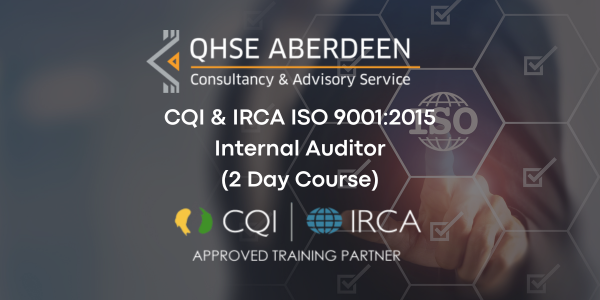HAPPY NEW YEAR ! Now is the Time to Set Company Objectives for 2024
Introduction:
As we usher in a new year, it is crucial for organizations to reflect on their Quality, Health, Safety, and Environmental (QHSE) performance and set meaningful objectives for continuous improvement. The International Organization for Standardization (ISO) emphasizes the importance of establishing, monitoring, and reviewing objectives as a key element of an effective management system. Objectives should be established at relevant functions, levels and processes, as appropriate, to ensure the effective deployment of the organization’s strategic direction and its policies. We will therefore explore the significance of setting QHSE objectives in accordance with ISO standards and provide insights into the process.
Importance of Setting QHSE Objectives:
ISO 9001 for Quality Management, ISO 14001 for Environmental Management, and ISO 45001 for Occupational Health and Safety, play a pivotal role in guiding organizations toward excellence. These standards require organizations to establish measurable objectives that align with their overall mission and strategic direction. Setting QHSE objectives serves as a roadmap for organizations to enhance their performance, reduce risks, and meet regulatory requirements. These objectives should be SMART (Specific, Measurable, Achievable, Relevant, and Time-bound) to ensure clarity, effectiveness, and accountability.
Aligning Objectives with Organizational Goals:
QHSE objectives should be closely aligned with the organization’s strategic goals and mission. By integrating QHSE objectives into the overall business strategy, companies can foster a culture of continuous improvement and demonstrate a commitment to all interested parties. Engaging stakeholders is a fundamental aspect of the objective-setting process. By involving employees, customers, suppliers, and other relevant interested parties, organizations can gain diverse perspectives, insights, and support, fostering a collaborative approach to achieving QHSE objectives.
Monitoring and Measurement:
ISO standards emphasize the importance of monitoring and measuring performance against established objectives. Regular assessments provide organizations with valuable data to evaluate the effectiveness of their QHSE management system and make informed decisions for improvement. Continuous improvement lies at the heart of ISO standards. Setting QHSE objectives is not a one-time activity but an ongoing process. Organizations should regularly review and adjust their objectives based on performance data, changes in the business environment, and evolving stakeholder expectations. The evaluation of results on achieving specified objectives can be part of the management review, performance appraisals or done through other means such as project management with proposed completion dates, KPIs, or ongoing review / feedback meetings.
The Do’s and Do Not’s of Objectives
Do
Set objectives at relevant functions, levels and processes
Ensure objectives are Specific, Measurable, Achievable, Relevant, and Time-bound
Determine: what will be done; what resources will be required; who will be responsible; when it will be completed; and how the results will be evaluated,
Communicate the objectives to relevant interested parties
Measure, Monitor and update objectives as required on an ongoing basis
Maintain documented information on objectives
Identify the objective in relation to Quality, Environmental, H&S, Business etc
Do Not
Recycle the same objectives year after year
Leave responsibility / accountability for objectives ambiguous
Set unrealistic objectives or so many it is impossible to maintain control / monitor
Conclusion:
As we embark on a new year, organizations must prioritize the establishment of meaningful QHSE objectives in adherence to ISO standards. By doing so, companies not only enhance their overall performance but also contribute to the well-being of their employees, protection of the environment, and satisfaction of their customers. Remember, setting SMART objectives is not just a requirement; it’s a strategic investment in the sustainable success of your organization.
If you would like to discuss your objectives with our Advisors, contact us here.
QHSE ABERDEEN have experienced Advisors on hand to answer any of your QHSSE related queries.



